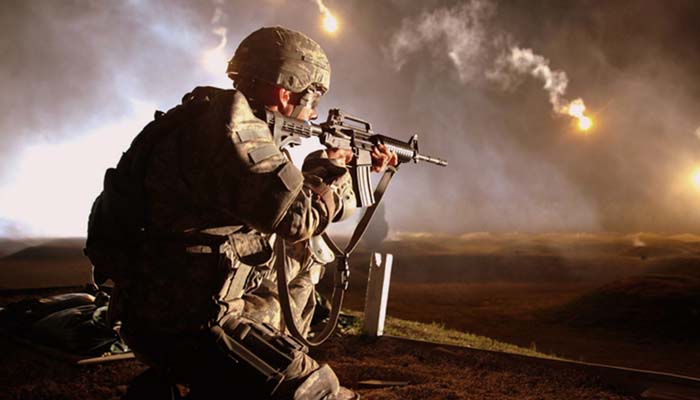TRENDING TAGS :
No one can actually reveal causalities in airstrike | Know why
First and foremost, there is no accurate statistics or reports on the deaths and causalities after a war, attack or calamity, there is always a speculation about the losses. And also it is the duty of the local institutions to produce a report on the same. After the airstrike it was the responsibility of Pakistan government to issue a report on the number of deaths and losses in the combat.
New Delhi: The number of causalities caused in India's airstrike, targeting terror training camps in Pakistan are said to be laying somewhere between 250-400. Although, the opposition along with Congress is demanding the ruling government to furnish the evidences of this strike and its impact.
According to sources, the National Technical Research Organisation (NTRO) had started surveillance before the attack and had found nearly 300 mobiles active in the camp. But after the attack the NTRO report showed slightly different results.
To make you understand more clearly Newstrack.com will tell you who keeps the register of the count of causalities and lives lost in a war, attack, or in any natural disaster and how several other factors influence the report:
First and foremost, there is no accurate statistics or reports on the deaths and causalities after a war, attack or calamity, there is always a speculation about the losses. And also it is the duty of the local institutions to produce a report on the same. After the airstrike it was the responsibility of Pakistan government to issue a report on the number of deaths and losses in the combat. But to our dismay mostly these statistics are misrepresented (as was done by Pak government). This is, however, done mostly to avoid the state of internal unrest.
The international organisations like United Nations, also examine the death tolls in such big destructions but they also postulate their conjectures on the basis of available information.
There are two methods to reckon the damage, first is to count the dead bodies and survey the houses in the area, while, the second is to study the estimated data released by hospitals, mortuaries, and other agencies.
However, this approach has one more challenge, if the concerned country comes under the dictatorship or is in the clutches of any terrorist group, it becomes nearly impossible to collect data. This not only hinders the process of gathering information but also abstains the outsiders to carryout such surveys in the country, to maintain the secrecy.
So, what authenticates the credibility of such surveys is who is releasing that and what image it has in public domain in terms of reliability.



